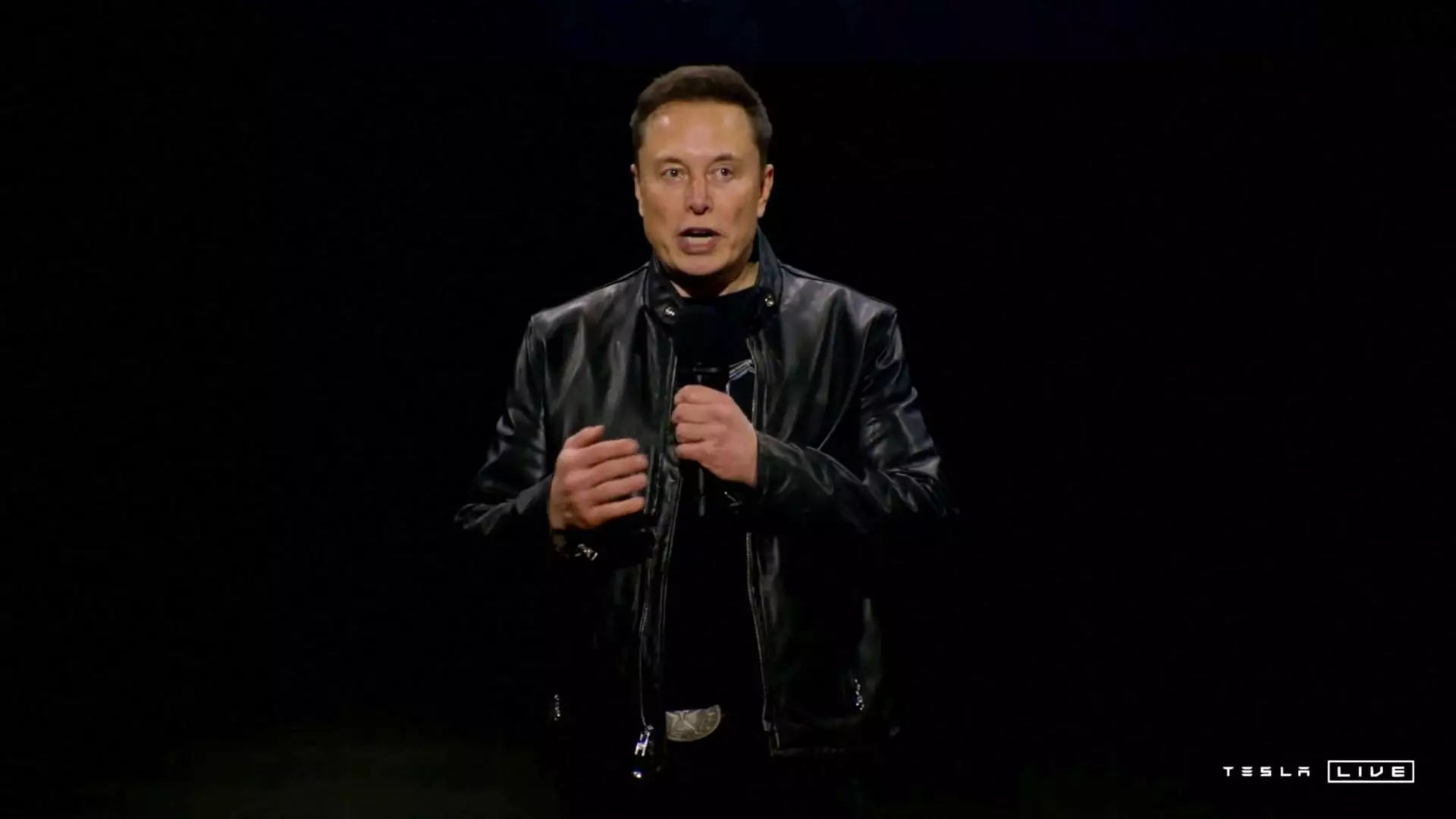Tesla recently released its fourth-quarter production and delivery statistics for 2024, revealing significant figures amid a challenging landscape for the company. The total deliveries for Q4 reached 495,570 vehicles, while production stood at 459,445, culminating in nearly 1.79 million deliveries and approximately 1.77 million vehicles produced for the entire year. However, this impressive total belies a troubling trend: for the first time, Tesla experienced an annual decline in delivery numbers, dropping from 1.81 million in 2023 to the current figures. This downturn was particularly evident in the fourth quarter, where despite strong expectations from analysts that hovered around 504,770 deliveries, Tesla’s numbers fell short, igniting a 7% drop in its stock price.
Analysts had anticipated stronger performance from Tesla, with forced projections reflecting a consensus of 506,763 vehicles based on surveys from 26 experts. Independent research, notably from a recognized source under the alias Troy Teslike, had offered estimates of around 501,000 deliveries—still, the reality fell disappointingly below expectations. These numbers are critical as they represent the closest approximation of sales and indicate fluctuating demand and market realities for the EV manufacturer.
One of the central challenges facing Tesla is the rapidly shifting competitive landscape of the electric vehicle (EV) market. Once a pioneering force in battery-electric vehicles, Tesla is now grappling with increased competition from American automakers like General Motors and Ford, as well as international players such as BYD in China and established European brands like BMW and Volkswagen. These competitors are not only improving their product offerings but also aggressively capturing market share.
The decline in Tesla’s European sales reflects this escalating competition: from January to November, Tesla sold 283,000 vehicles in Europe, marking a 14% decrease from the previous year. This trend was particularly apparent in November, where vehicle registrations nearly halved compared to the same month a year earlier. The company’s challenges were not exclusive to Europe; in China, despite the Model Y being a top seller, its growth rate languished in comparison to the overall market, further compounded by swift gains from local rivals like BYD and Li Auto.
Investor confidence in Tesla has also been influenced by CEO Elon Musk’s foray into politics, particularly surrounding his support for President-elect Donald Trump and various Republican candidates. While these endeavors may appeal to some segments of Musk’s fanbase, they have raised concerns among analysts about potential distractions from Tesla’s core business operations. Sam Fiorani from AutoForecast Solutions remarked that Musk’s political commitments could detract from his focus on the company’s innovative vision and operational resilience. The tangible effects of this shift, however, may only fully materialize in upcoming quarters as investor sentiment remains tentative in the face of declining delivery figures.
As Tesla navigates this new reality, its image as merely an automaker may need to evolve. Despite Musk’s ambitions to diversify the company into areas such as robotics and a future driverless ride-hailing service, the bulk of revenue still derives from vehicle sales. Analysts argue that Tesla’s decision to delay launching more affordable models may exacerbate its market struggles, especially when competitors roll out lower-priced alternatives that cater to a broader consumer base.
As we look ahead into 2025, Tesla’s leadership remains optimistic about reviving growth. Musk hinted at plans to introduce lower-cost autonomous vehicles, anticipating a growth trajectory of 20% to 30% over 2024. However, such forecasts must contend with the realities of market competition and consumer preferences, particularly as competitors innovate aggressively and expand their product lines.
Tesla’s potential for continued success hinges on its ability to address inventory challenges and enhance its vehicle offerings to resonate with a wider audience. The recent build-up of inventory and reported production slowdowns indicate an awareness of the need to tread carefully in an increasingly crowded market.
While Tesla’s past achievements in the EV industry are unparalleled, the company now faces an imperative to adapt and respond to evolving market dynamics, investor expectations, and competitive pressures. The coming years will be critical in determining whether Tesla remains at the forefront of the electric vehicle revolution or if it relinquishes that title to a new generation of automotive innovators.

